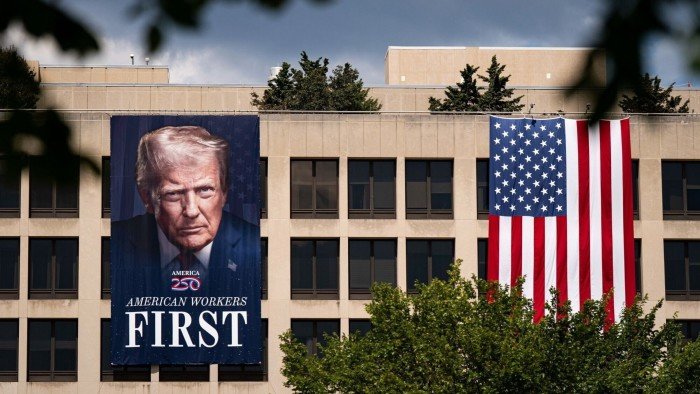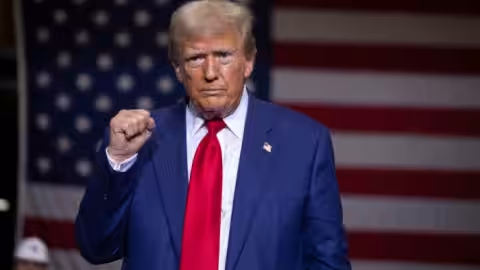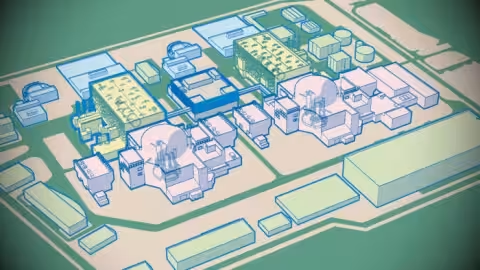As they trade the campus for the job market, fresh-faced graduates are quickly turning glum. From North America to Europe, university leavers are struggling to find suitable work. The unemployment rate for recent college graduates in the US has for the first time been consistently above the national level since the Covid-19 pandemic. In the EU, the employment rate of 15- to 25-year-olds has fallen over the past two years. Even the crème de la crème are struggling. The percentage of MBA students from Harvard Business School and MIT Sloan without a job offer three months after graduation has risen sharply since 2021.
The rise of artificial intelligence is a factor. In the US, entry-level tech jobs are coming under pressure as coding tasks are automated. The unemployment rate for computer engineering graduates is 7.5 per cent; the national rate is 4.1 per cent. In Britain, the Big Four accountancy firms have cut back on early-career hires in recent years. Economists and recruiters reckon higher costs are encouraging UK professional services firms to experiment with AI in more administrative tasks usually conducted by juniors.
But the plight of graduates predates the emergence of large language models in the workplace. Other structural developments are at play. As more young people around the world are choosing to go to university, competition for jobs has picked up. In Canada, a popular destination for young graduates, the unemployment rate for those under 25 with post-secondary education was 11.2 per cent in the first quarter. Last year in the UK there were an average of 140 applications per graduate job — the highest in three decades, according to the Institute of Student Employers.
As the supply of learned graduates has risen, demand has come under pressure. Research by Indeed, a job search site, finds that the share of US job postings requiring at least a bachelor’s degree has fallen over the past five years. As for the public sector, civil services are being squeezed across cash-strapped advanced economies. Multinationals with big graduate programmes have also been developing global capability centres in low-cost hubs such as India, where they are outsourcing more skilled roles such as data analytics, rather than just back-office functions.
The recent economic cycle has not been kind to recent graduates either. Many professional services and tech firms overhired in the post-pandemic years, assuming activity would bounce back faster than it did. Recruitment rounds have been subdued since. Demand for investment banking analysts and newly qualified lawyers has also been stunted by subdued global mergers and acquisitions activity. Global economic uncertainty makes it difficult for businesses to plan investments and hiring cycles.
Even if the economic environment improves, graduates will still be contending with the rise of AI in the workplace and competition for entry-level jobs. Ensuring students have a better understanding of post-graduation prospects would help them make wiser course choices. Universities and the private sector will need to collaborate more closely if courses are to evolve with the changing demands of work. Even so, businesses and governments will need to raise support for adult training and life-long learning; three-year degrees can quickly become obsolete. The travails of university graduates should also encourage more investment in non-degree vocational training and apprenticeship opportunities, as businesses have long been calling for.
A surfeit of underemployed elites is bad for society and the economy. To ensure it does not become a feature, education must evolve from being a ticket to a job to a toolkit of skills for a changing world.























